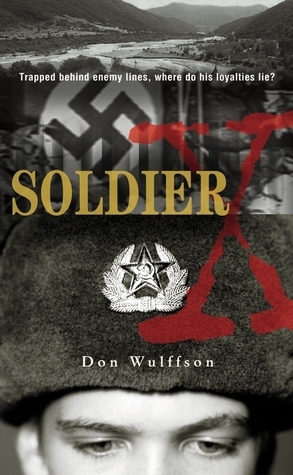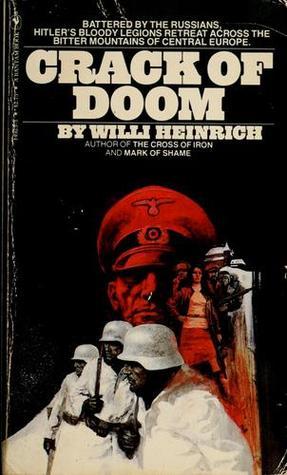
Legion of the Damned
Book Description
War is a hellish game where only the strong survive, and for the misfits of the Legion, death is just the beginning. Sven Hassel masterfully unveils the harrowing lives of soldiers battling not only the enemy but also their own demons. As chaos erupts in a world ravaged by violence, alliances are tested and loyalties strained. The clamor of gunfire is relentless, but the real fight lies within—the struggle for redemption, camaraderie, and a flicker of hope amidst despair. Will they rise above the darkness, or will the weight of their past consume them?
Quick Book Summary
"Legion of the Damned" by Sven Hassel plunges readers into the grim realities of World War II through the eyes of a group of misfit German soldiers. Recruited into a penal regiment for criminal and political offenders, these men face brutal conditions on both the front lines and the prison system. Their daily lives are riddled with violence, deprivation, and the ever-present specter of death—yet through camaraderie, gallows humor, and fleeting moments of humanity, they endure. Hassel's unflinching portrayal exposes both the horrors of war and the bonds it forges among its most beleaguered participants. The novel explores survival amidst chaos, the psychological scars inflicted by conflict, and the deep need for connection even in the bleakest of times.
Summary of Key Ideas
Table of Contents
The Brutality and Absurdity of War
"Legion of the Damned" opens with the protagonist, Sven, entering a German penal regiment after enduring the horrors of Nazi imprisonment. The novel sets an immediate tone of desolation, as Sven joins a unit comprised of thieves, political prisoners, deserters, and other societal rejects. Their existence is painted as one of punishment and survival, where brutality is routine and each day is a struggle against hunger, torment, and exhaustion. The narrative is unfiltered, refusing to glorify battle and instead presenting a stark vision of military life under the Nazi regime.
Survival and Camaraderie under Extreme Circumstances
Central to Hassel’s narrative is the camaraderie that develops among the men. Despite constant exposure to violence and imminent death, relationships form based on mutual dependence and a shared desire to survive. Laughter, pranks, and moments of kindness become acts of defiance, asserting the men’s humanity in an inhuman environment. This bond often transcends differences, as characters like Tiny, the Legionnaire, and Porta display unique personalities that both divide and unify the group, reinforcing the importance of brotherhood in the face of overwhelming adversity.
The Search for Redemption and Humanity
War’s brutal absurdity is ever-present in Hassel’s depiction, exposing not only the immediate dangers of combat but also the arbitrary cruelty of authority. Officers and military bureaucracy are shown as both dangerous and ineffectual, with the soldiers often forced to make their own moral choices in impossible situations. Rebellion, both overt and subtle, becomes a means of psychological survival, challenging the expected obedience of the military structure. The men’s willingness to question orders shows the moral ambiguity inherent in their positions, where right and wrong are never clear-cut.
Psychological Effects of Conflict
Throughout the novel, Hassel explores the psychological toll of unrelenting conflict. The characters endure not only physical wounds but emotional trauma, haunted by past actions and the constant threat to life. Flashbacks, nightmares, and emotional breakdowns punctuate their days, illustrating that the war's scars are deep and lasting. This emotional depth adds layers to the characters, showing how each copes differently with loss, fear, and regret, while still clinging to fragments of hope and dignity.
Authority, Rebellion, and Moral Ambiguity
Amidst the chaos, the search for redemption and traces of humanity persist. Whether through acts of mercy toward civilians, small rebellions against cruel superiors, or fleeting moments of beauty amid destruction, the characters strive to retain their sense of self. “Legion of the Damned” ultimately posits that, even in the hell of war, a person can find meaning and connection, and perhaps, in fleeting moments, rise above the darkness that surrounds them.
Download This Summary
Get a free PDF of this summary instantly — no email required.





